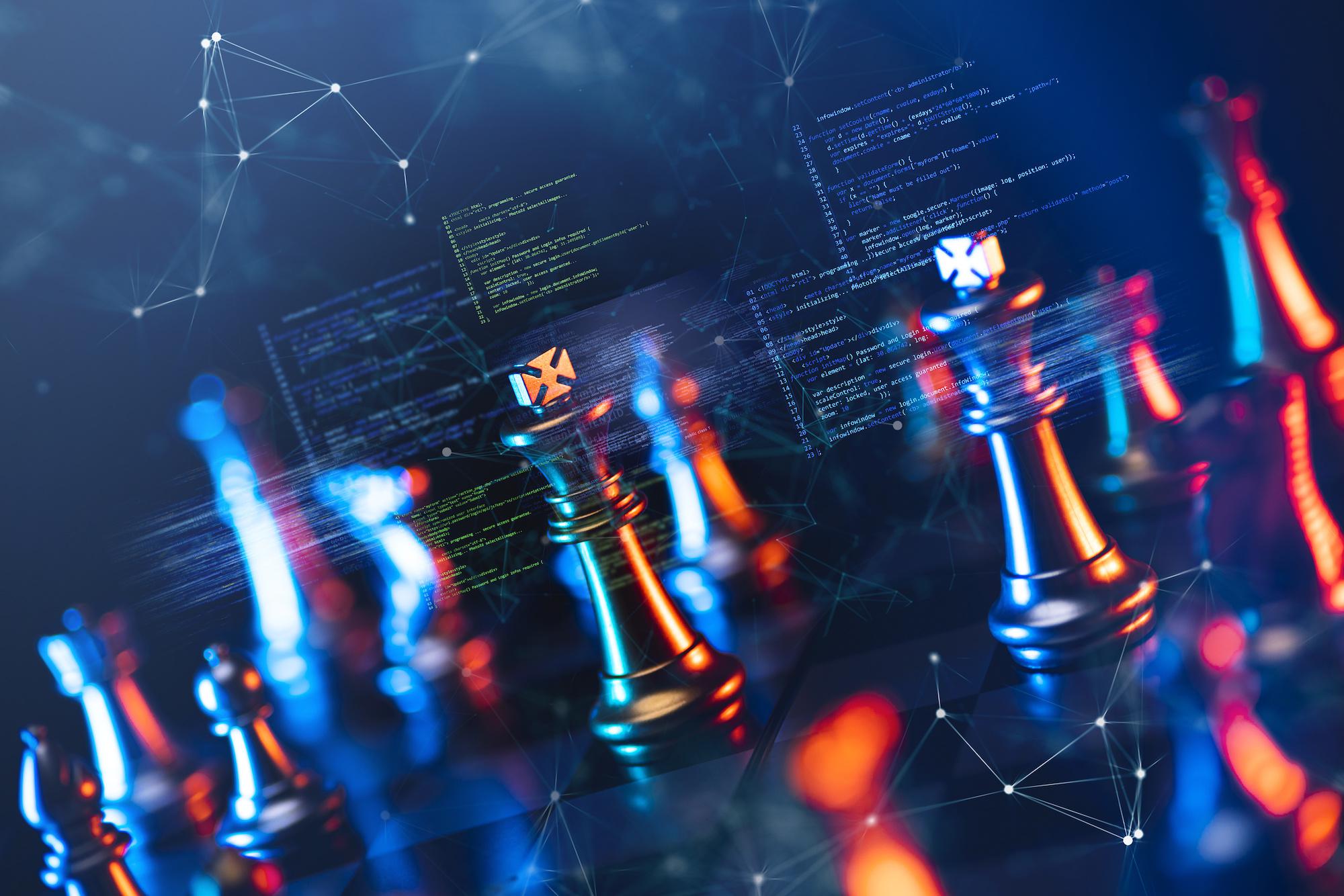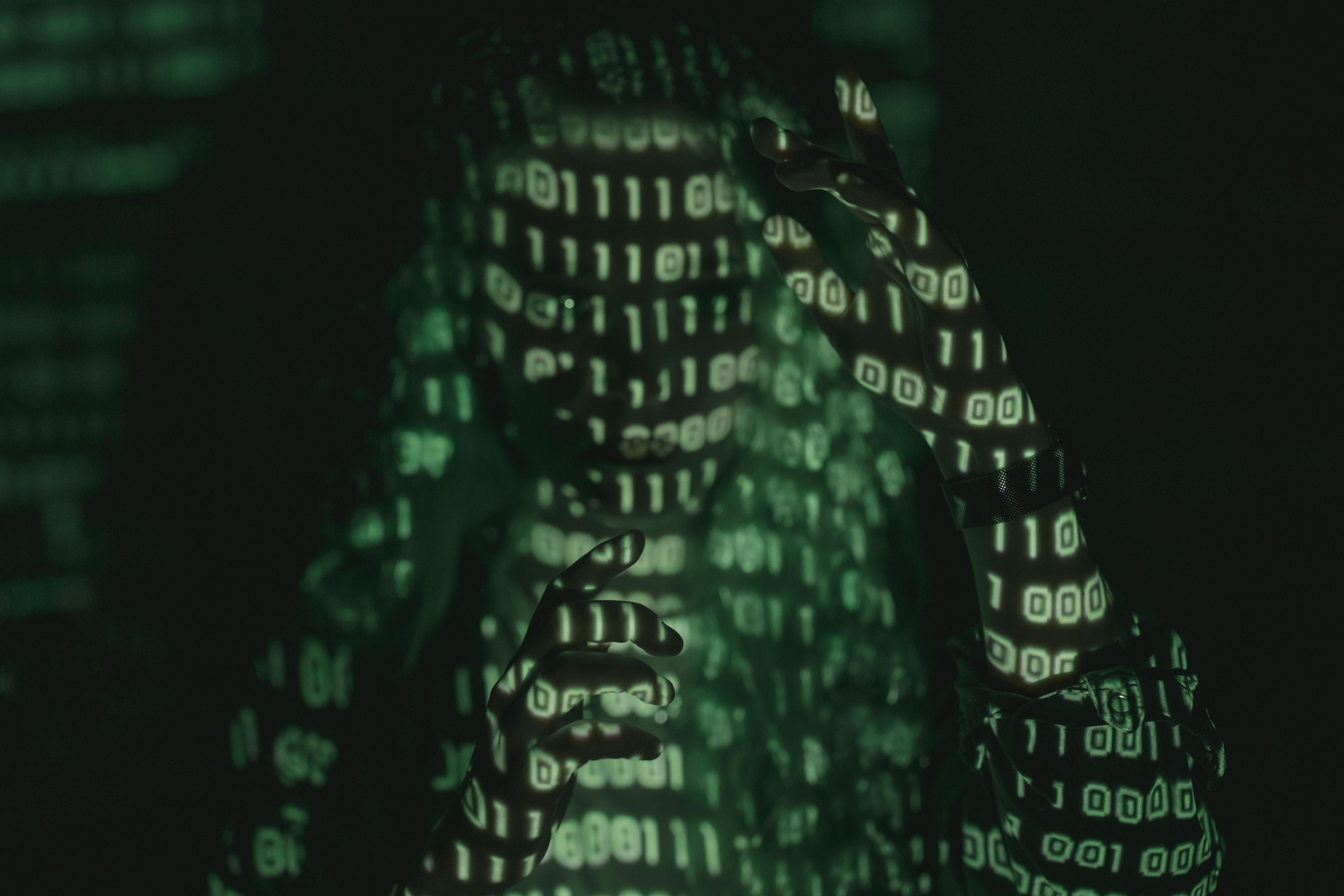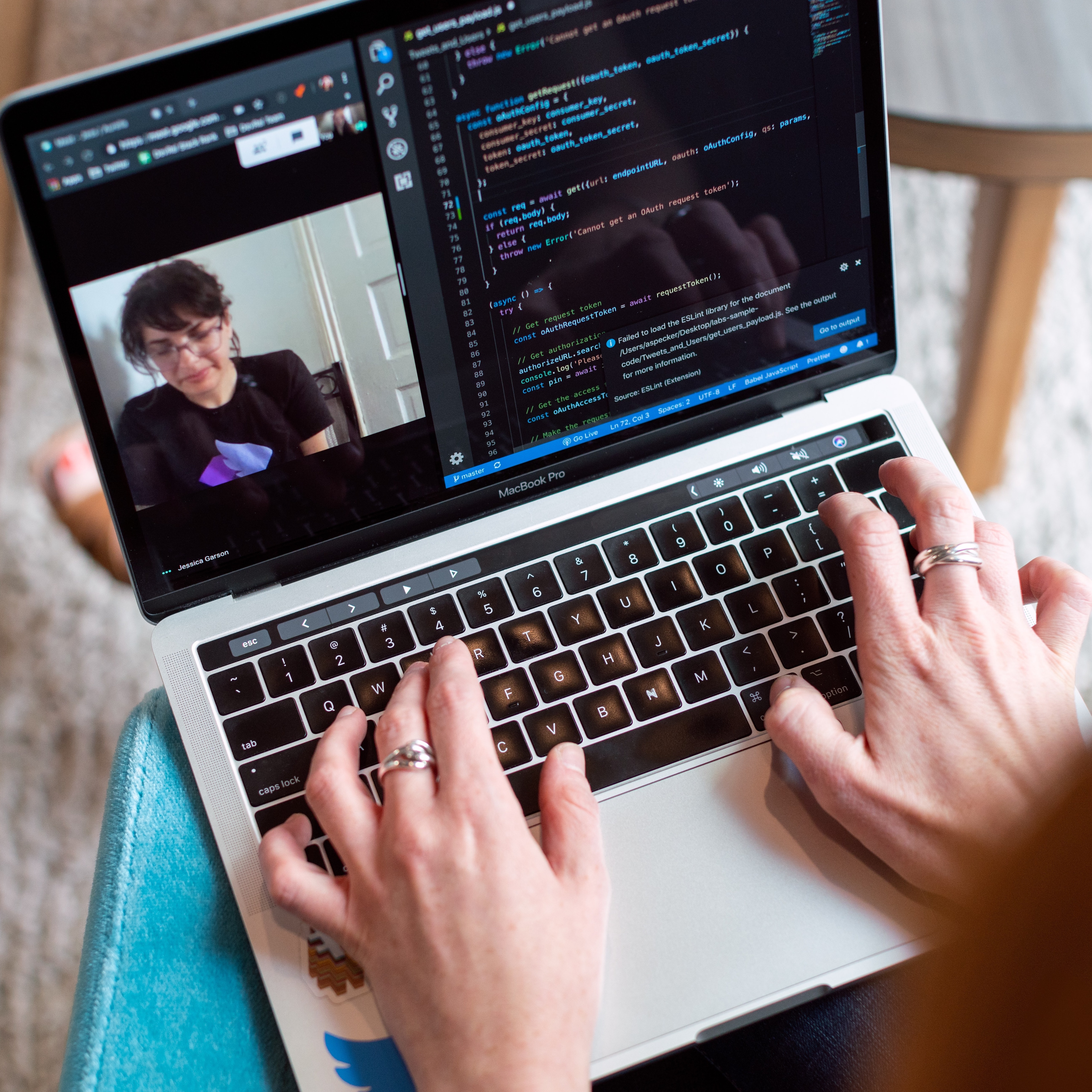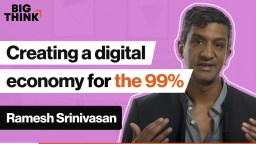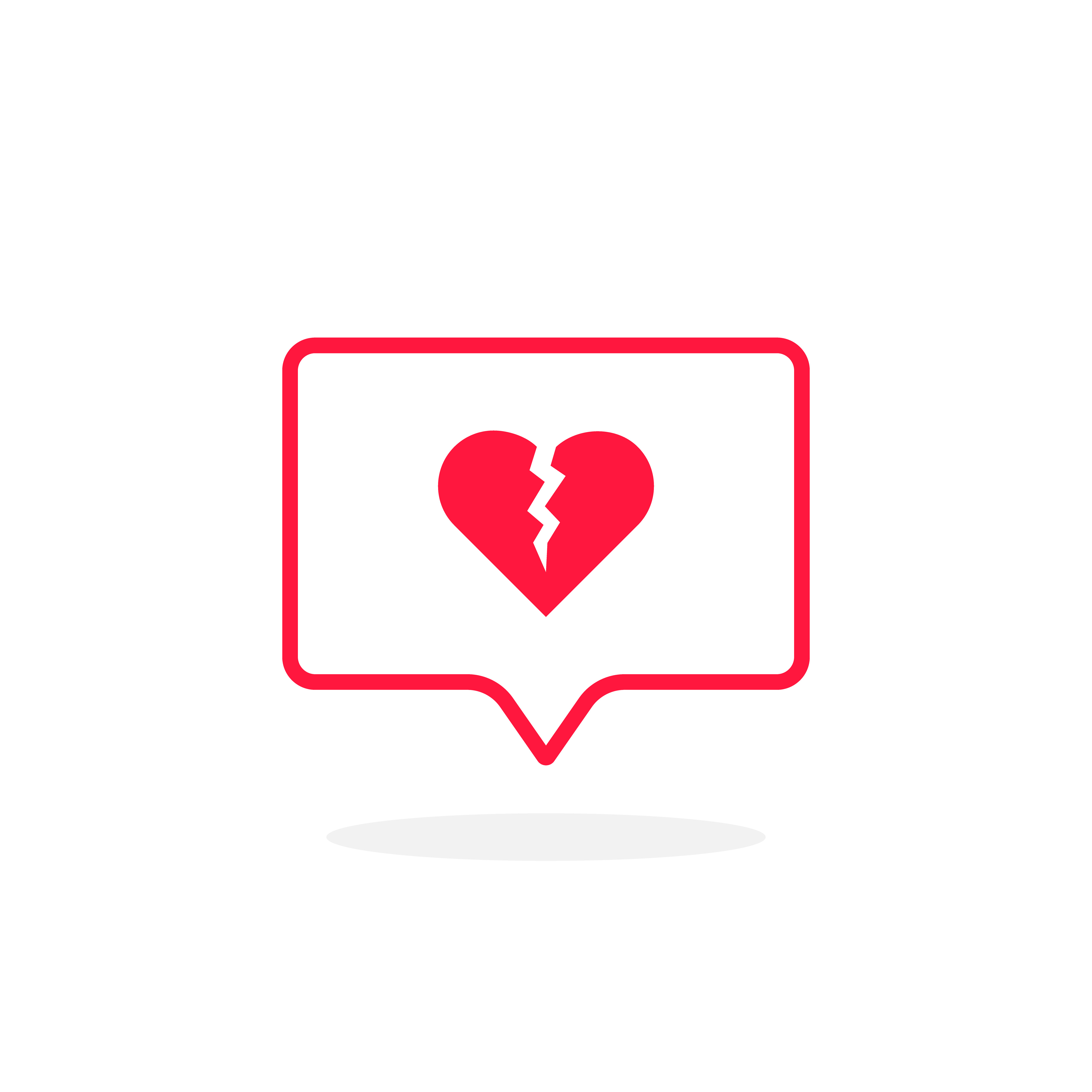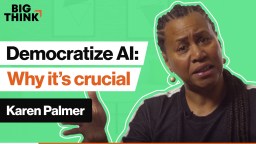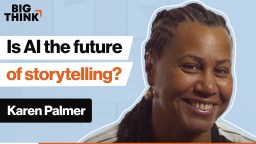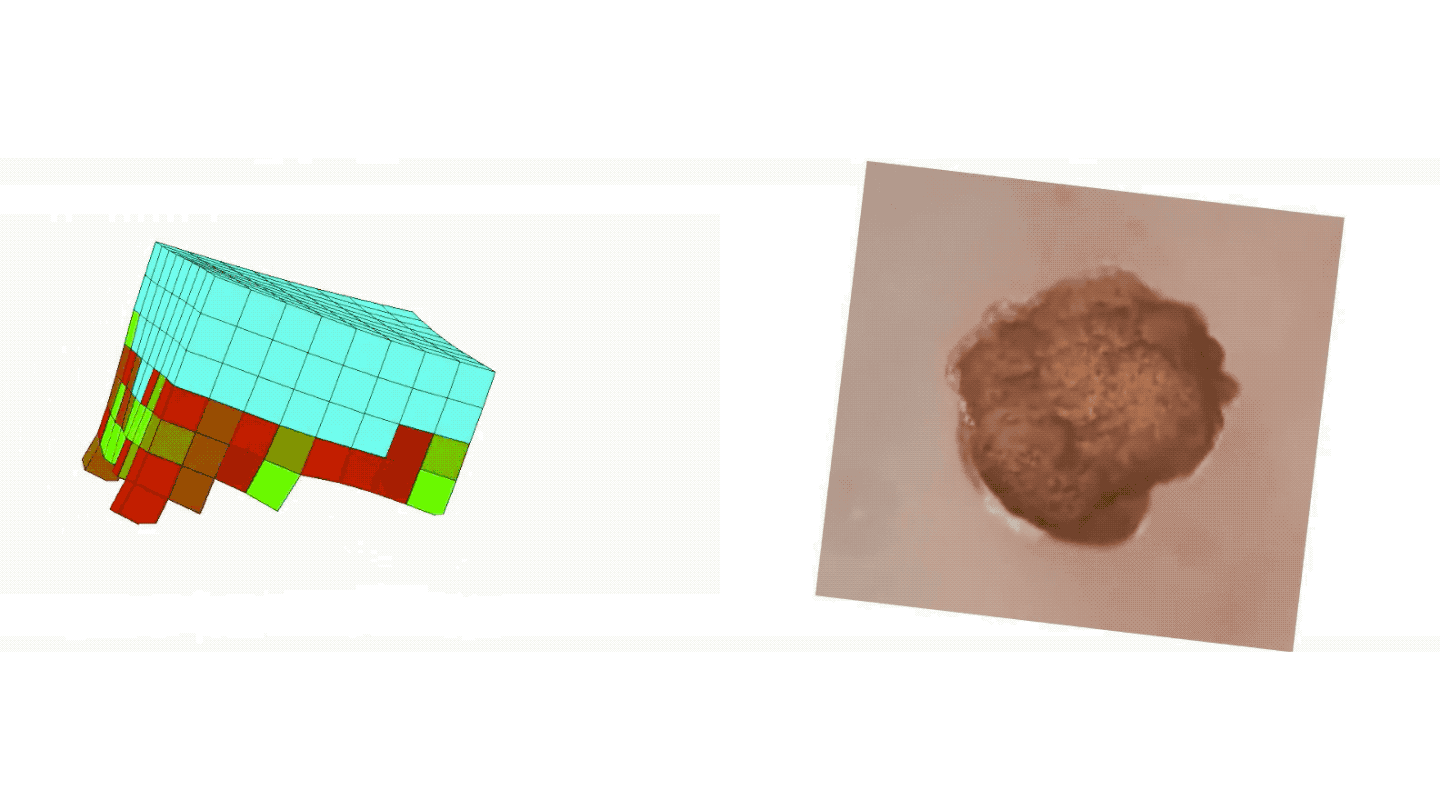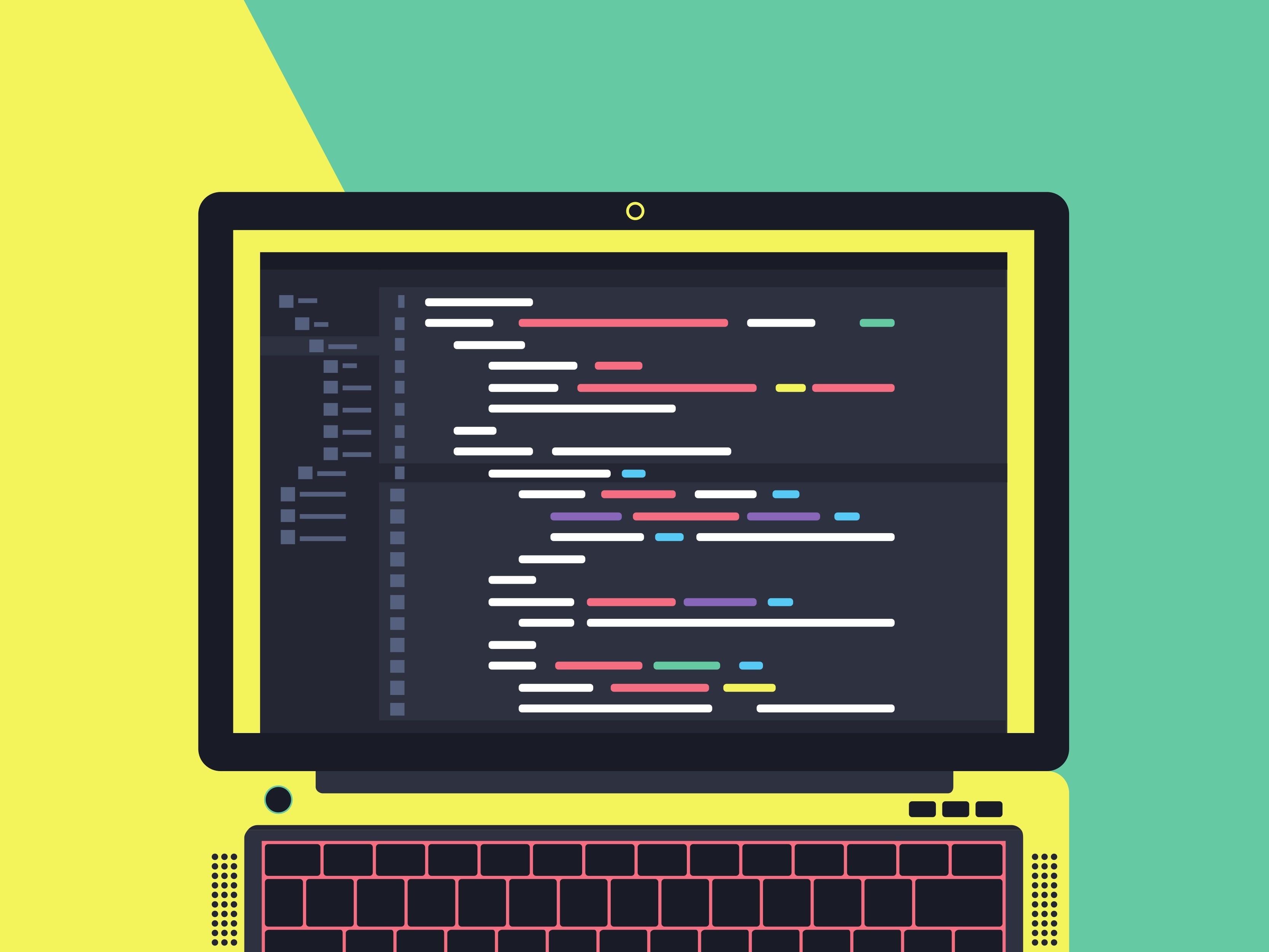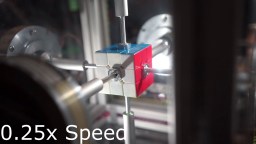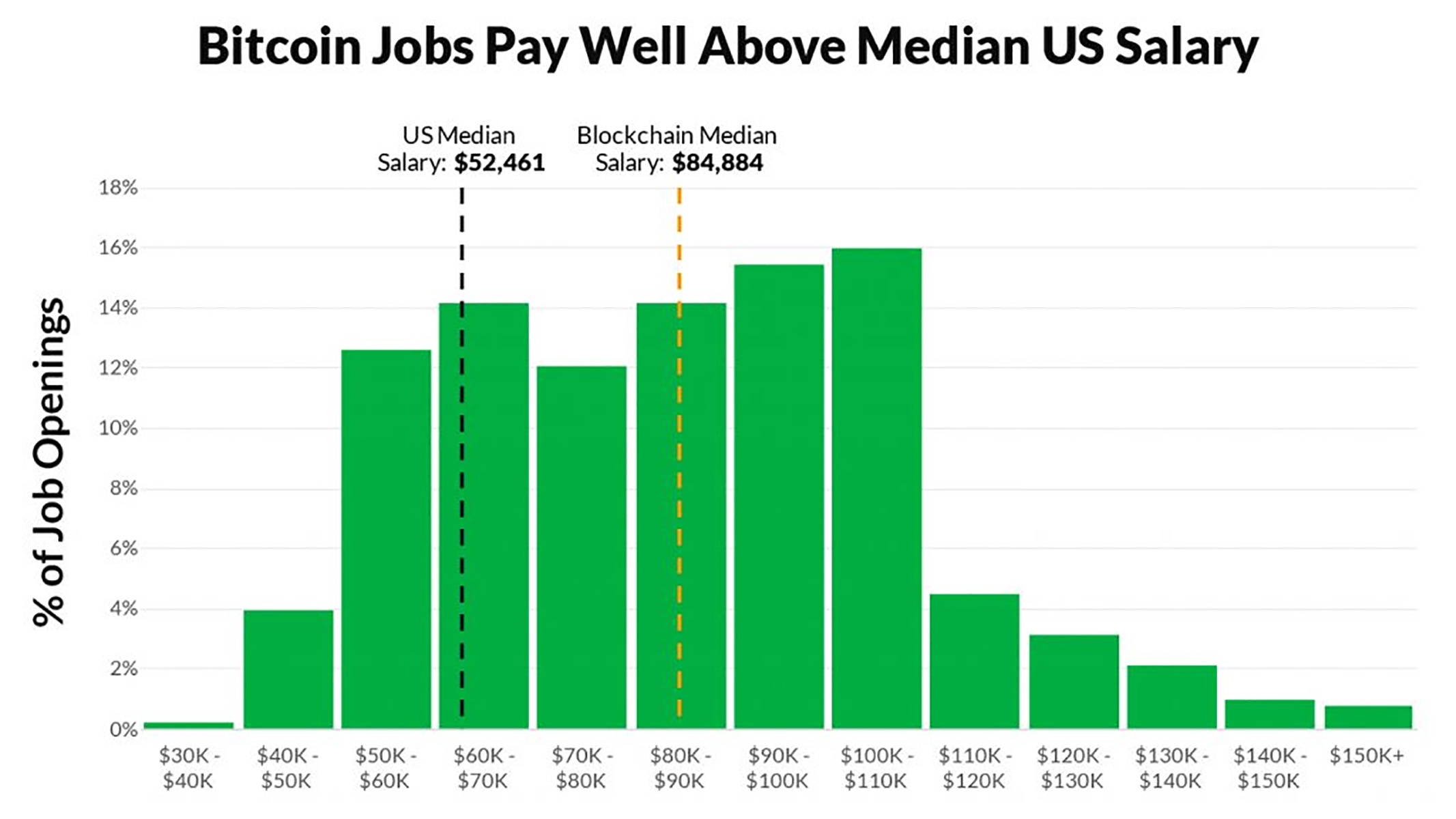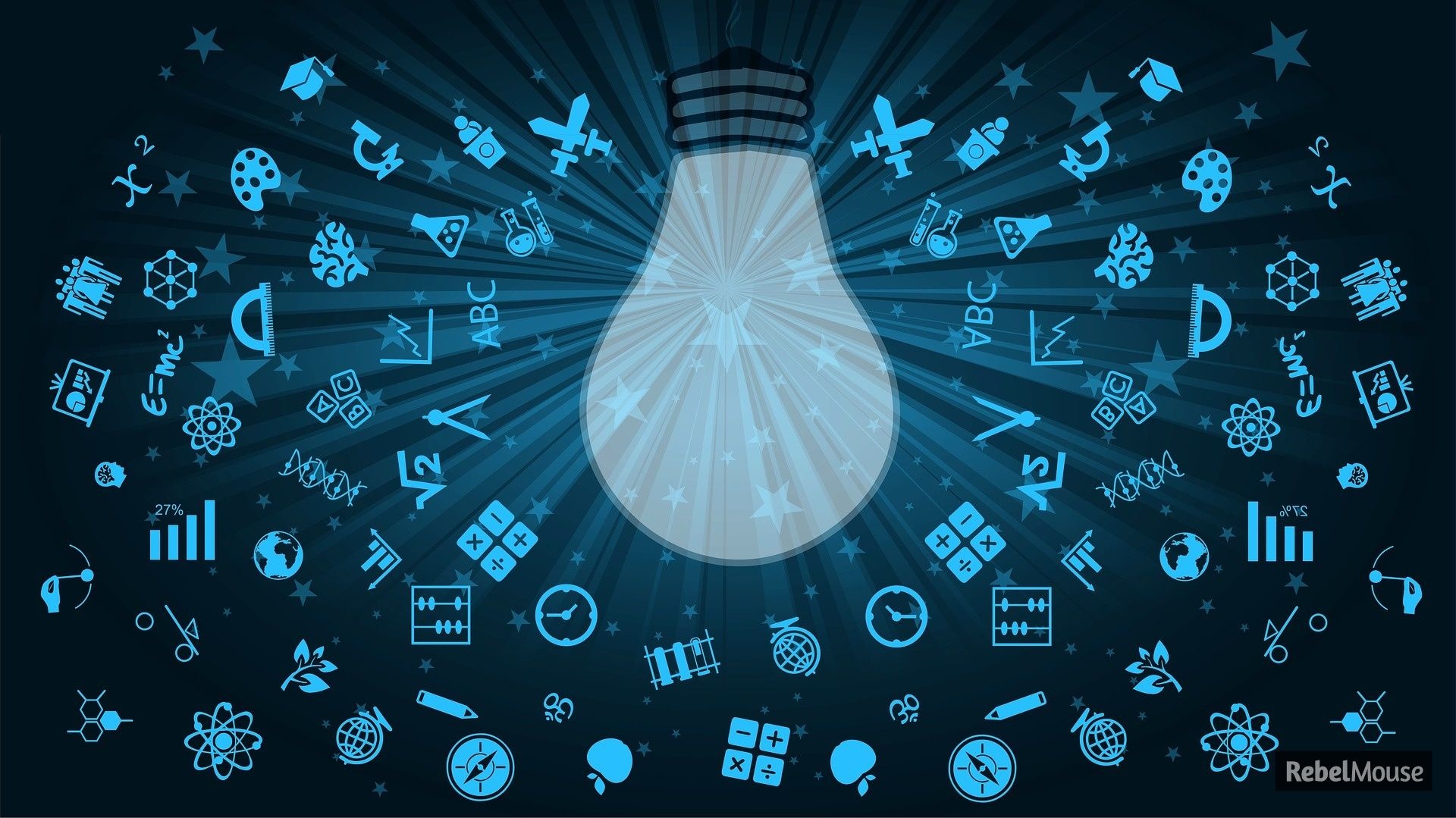programming
The most mental game in existence no longer requires fingers.
How our brains interpret computer code could impact how we teach it.
Can computers do calculations in multiple universes? Scientists are working on it. Step into the world of quantum computing.
▸
12 min
—
with
A small proof-of-concept study shows smartphones could help detect drunkenness based on the way you walk.
It doesn’t help that Hollywood has cast the ‘coder’ as a socially challenged, type-first-think-later hacker, inevitably white and male.
We’re safeguarding the world’s seeds in the Arctic, why not our most precious data?
Through experiencing time in a nonlinear way, can artificial intelligence provide us more perspective?
▸
3 min
—
with
Break into the lucrative world of tech with training you can do anywhere.
Despite the hype, these technologies aren’t relevant right now. But they could be in the future.
▸
4 min
—
with
A pragmatic approach to fixing an imbalanced system.
▸
7 min
—
with
Is there a way for more human-centered algorithms to prevent potentially triggering interactions on social media?
Without regulations, implicit bias could shape artificial intelligence into a nightmare for some.
▸
4 min
—
with
Can technology act as a feedback loop for human emotions?
▸
3 min
—
with
Scientists envision a new type of organism ready to assist humans.
In the next two to three years we’ll see passwords go away in a way that’s long overdue.
▸
2 min
—
with
Hackers look for open doors. If your personal data isn’t protected, it’s that much easier to compromise your identity.
▸
3 min
—
with
Exploring the idea that objects we perceive in everyday life do not reflect objective reality.
▸
3 min
—
with
Almost all experts agree that coding will become nearly as ubiquitous as literacy in the future. But the nature of coding in the future may be very different.
This MIT robot solves it faster than any human ever could. It’s a world record.
▸
with
IT has been one of the fastest growing and most lucrative industries for a long time. But is that going to be true in the future?
When he first became a multi-millionaire, Elon Musk shared how his vision led to success.
A new study from Nvidia researchers show just how far artificial image-generation technology has come in recent years.
Research shows that employers are working to find more talent in the blockchain space, and they’re willing to pay higher rates for it.
According to new research carried out by Coinbase, we’re witnessing a significant rise in the number of universities teaching their students about blockchain and cryptocurrencies. It turns out that 42% […]
How much does cognitive bias change people’s perception? Well, the history of computing would be a lot different.
▸
4 min
—
with
AI is capable of self-reproduction—should humans be worried?
▸
6 min
—
with
